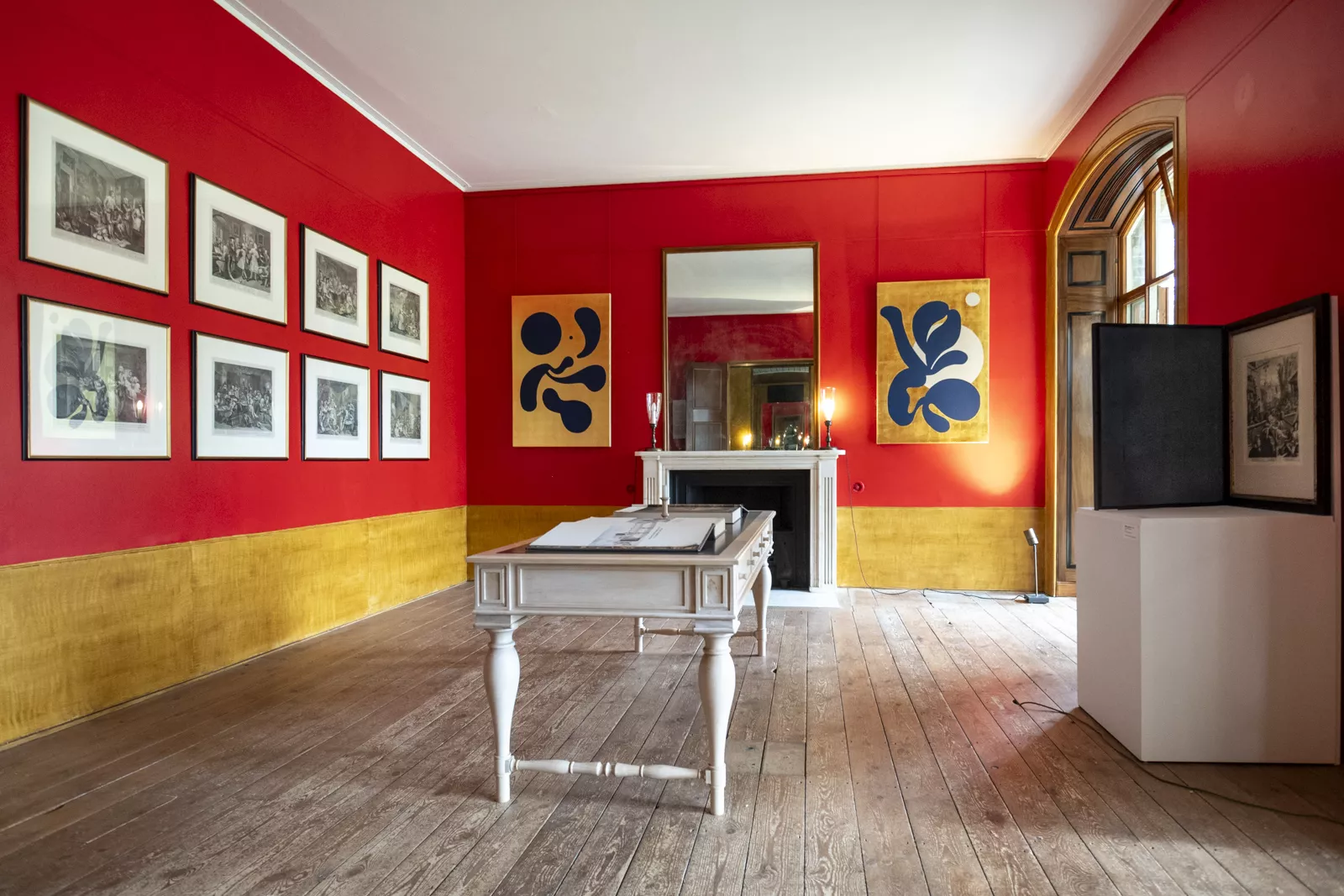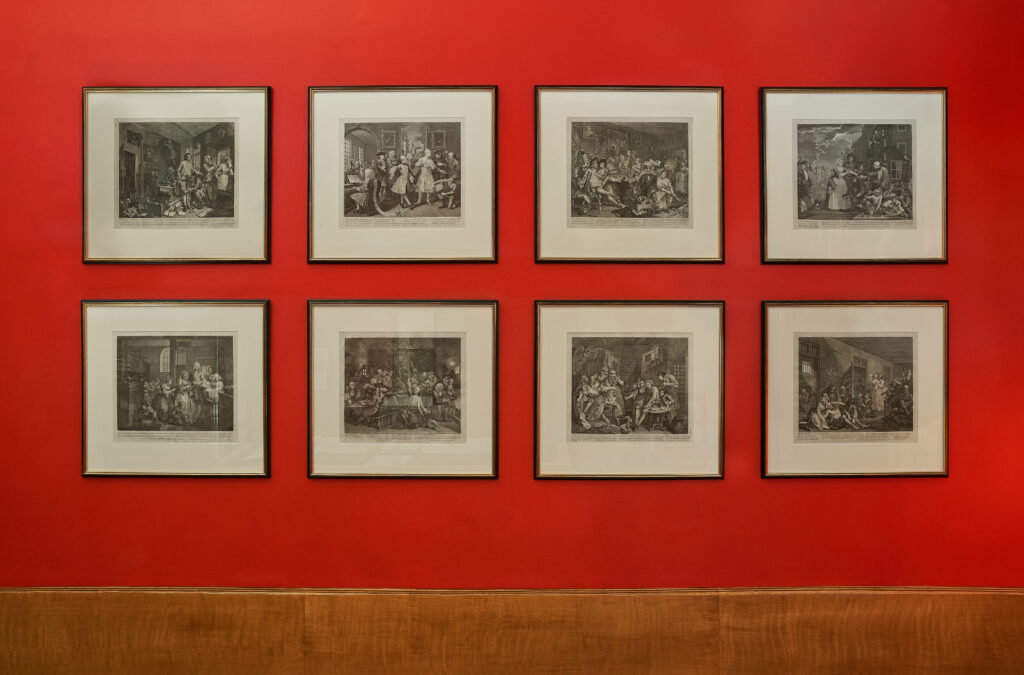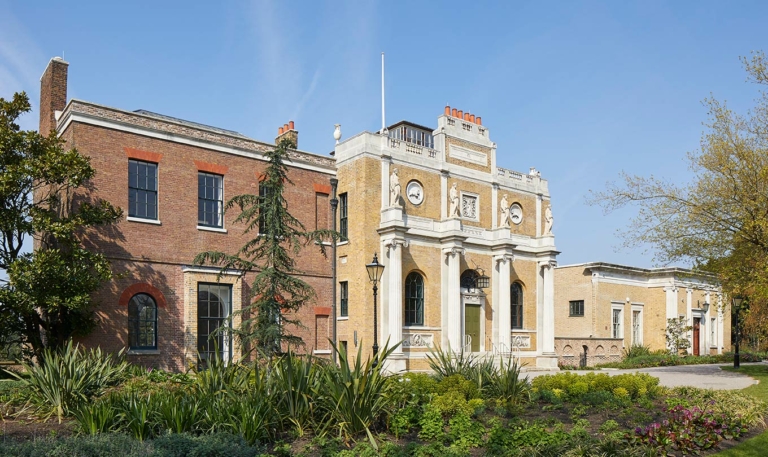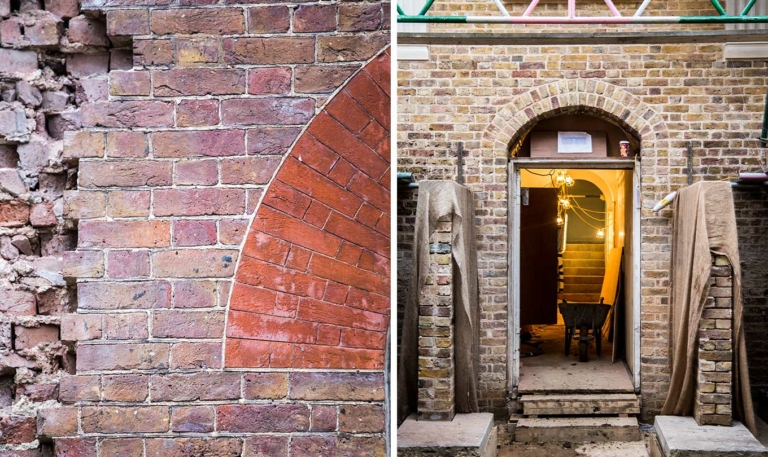William Hogarth at Pitzhanger
William Hogarth (1697–1764), a prominent British artist, painter, and engraver, is known for his satirical works that provide sharp social commentary on England and London, where he lived. Similar to Sir John Soane, Hogarth came from humble origins, with his father even spending time in debtor’s prison. While Hogarth’s paintings are renowned today, it was his engravings that made a significant impact during his time due to their ease of mass reproduction. Visit Pitzhanger Manor & Gallery to experience William Hogarth’s work in the exquisite setting of our neo-classical manor.
Learn more about the collections below.
Sir John Soane
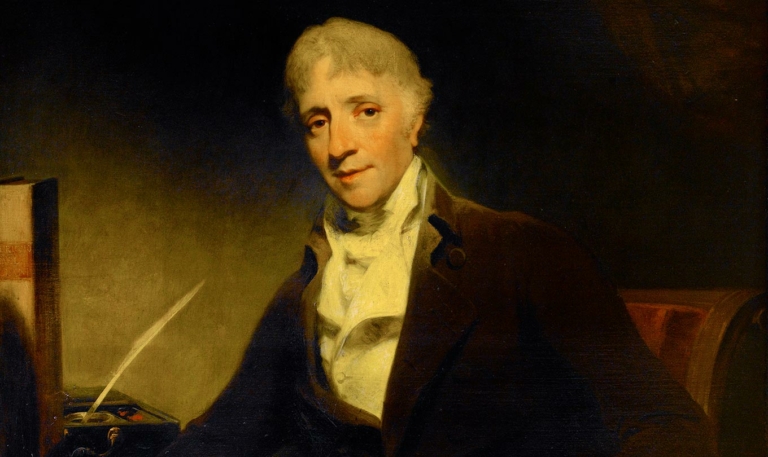
One of Britain’s most influential architects
From 1800 to 1804 Sir John Soane, one of Britain’s most influential architects, designed and built Pitzhanger Manor as his dream country retreat in then rural Ealing.
More info
